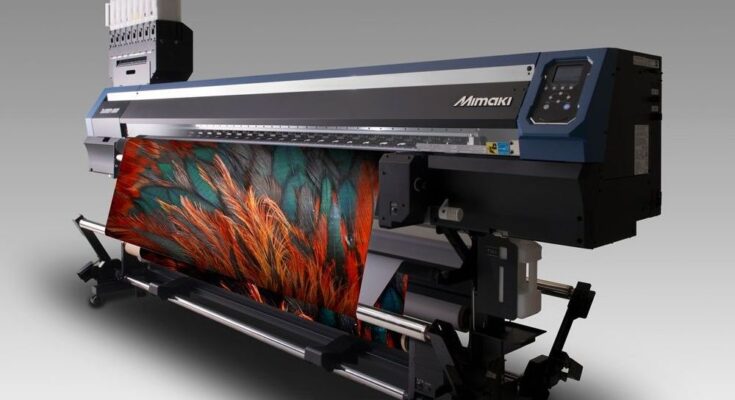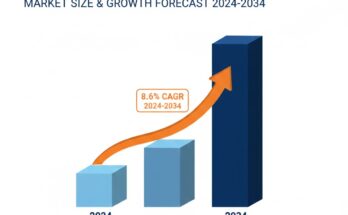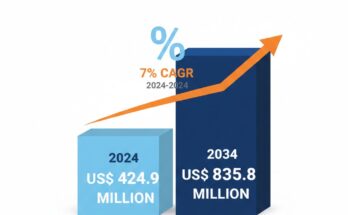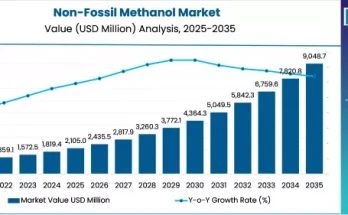As per a newly released report on the digital textile printings inks by Fact.MR, a market research and competitive intelligence provider, the global market is projected to be valued at US$ 1 billion in 2022, and expand at a high CAGR of around 12.7% over the period of 2022-2032.
Within the textile printing industry, demand for digital textiles is rapidly expanding. Furthermore, printing mills are transitioning from a traditional to an automated business model. Every year, approximately 20 billion linear meters of printed textile fabric is produced. Currently, only around 5% of these are produced using the automation method. However, the digital textile printing industry is growing at the rate of around 25% every year.
Another driver spurring market growth is the consistent use of digital textile printings inks in industries such as fashion, home textiles, and soft signage. Increase in consumer demand for printed textiles for multifarious application, along with a rise of the fashion industry, are expected to substantially increase the market for digital textile printings inks over the coming years.
Key Takeaways from Market Study
- By type, dye sublimation is projected to provide an absolute $ opportunity worth US$ 692.6 million over the forecast period of 2022-2032.
- Acid dye, on the other hand, is anticipated to account for 16.9% market share by 2032.
- By end-use application, fashion digital textile printing ink utilization across geographies is anticipated to expand around 2.5X in market value by 2032.
- Soft signage is set to create an absolute $ opportunity worth US$ 213.5 million by 2032.
- Europe is projected to capture around 40.6% of the global digital textile printing inks market share by 2032.
- Asia to provide an absolute dollar opportunity worth US$ 399.5 million by 2032-end.
“Europe has remained the primary consumer of digital textile printing inks, and Italy leads from the front with the highest number of manufacturers of digital textile printers,” says a Fact.MR analyst.
Winning Strategy
Manufactures should try to establish strong customer relationships with end-use digital printer manufacturers operational across diverse application segments, so as to diversify their risk across segments and reinforce their stance through long-term supply contracts.
Market players should also focus on developing newer products that use multifarious ink chemistry efficiently to cater to advanced custom requirements.
More Valuable Insights on Offer
Fact.MR, in its new offering, presents an unbiased analysis of the digital textile printings inks market, presenting historical market data (2017-2021) and forecast statistics for the period of 2022-2032.
The study reveals essential insights on the basis of type (dye sublimation, reactive dyes, acid dyes, disperse dyes, pigments, and others), printer speed (sqm/hr) (<50, 50 – 100, 101 – 250, 251 – 400, 401 – 600, 601 – 800, 801 – 1,000, and >1,000), printing technology (roll to roll and DTG), and end-use application (fashion, home textiles, sportswear, and signage), across six major regions of the world (North America, Latin America, Europe, East Asia, South Asia & Oceania, and MEA).
About the Chemical & Materials Division at Fact.MR
Expert analysis, actionable insights, and strategic recommendations of the highly seasoned chemicals & materials team at Fact.MR helps clients from across the globe with their unique business intelligence needs. With a repertoire of over thousand reports and 1 million-plus data points, the team has analysed the chemicals & materials industry across 50+ countries for over a decade. The team provides unmatched end-to-end research and consulting services. Reach out to explore how we can help.
For more information, refer to our market research report or contact the PR author.



